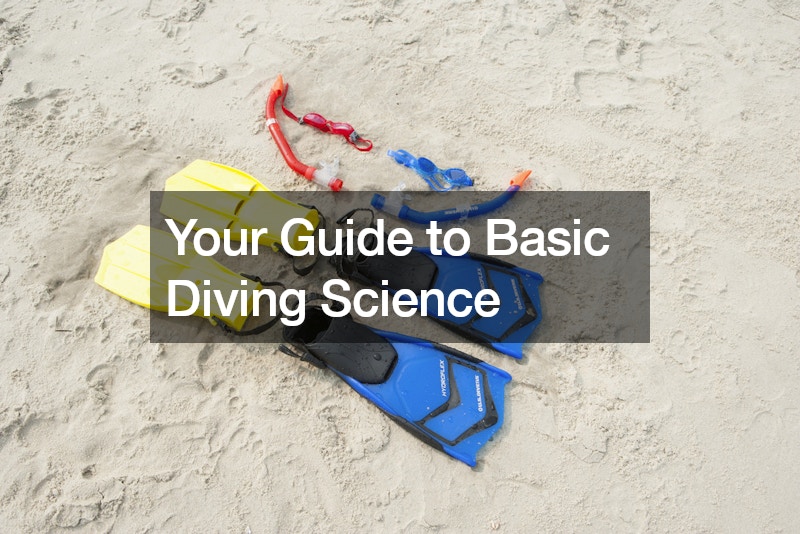Many people are fascinated by the beauty of the undersea world and the fascinating creatures there. In this YouTube video, the viewers learn about the science of scuba diving. Scuba stands for “Self-Contained Underwater Breathing Apparatus,” and the reasons it works are due to the principles of diving science.
The most significant part of scuba gear is the tank. The percentage of oxygen in room air is 21%, which we also require when underwater. The regulator – a black device between the tank and the diver’s mask – delivers that oxygenated air into the diver’s mask. The pressure at which that oxygen must be delivered differs when the diver climbs or descends.
The final device is called the BCD. That acronym stands for Buoyancy Control Device, and it controls how much pressure is needed for the diver to move up or down in the water. Because of the changing amount of oxygen being delivered during diving maneuvers, the diver will have more nitrogen than usual in their lungs. The balance of oxygen and nitrogen in the lungs is regulated by a scientific principle called Boyle’s Law.

Boyle’s Law is crucial because once the nitrogen level rises, the diver must be careful about ascending too quickly. Diving experts cite the need for a “Three Minute Safety Stop.” This pause, at a midpoint level, prevents a debilitating condition called “The Bends.” Diving with safety precautions like these will safely allow you to continue to enjoy the incomparable panorama of the seas.


